
views
While the Twitter emoji based on the crown King Charles III will wear at his coronation might be grabbing major attention, what one may not know about are the famous and historic regalia around the landmark ceremony.
These are the priceless and historic artefacts used in coronation celebrations since mediaeval times, and they comprise the spectacular Crown Jewels collection held at the Tower of London, as per a report by Hello! othey will once again take central stage at Westminster Abbey when King Charles III and his Queen Consort Camilla are crowned there.
While the majority of these spectacular and glittering pieces of regalia are based on objects and customs dating back to the 10th century, all but one of the original mediaeval artefacts were destroyed by the authorities following King Charles I’s execution in 1649. However, in 1661, his son King Charles II designed brilliant new regalia that is still in use today, the report says.
Let’s take a look at some of these prized items and their histories:
St Edwards Crown
The St Edwards Crown is a solid gold crown used at the moment of crowning during the coronation ceremony, according to the Royal Collection Trust. It weighs 2.07 kg and is decorated with rubies, amethysts and sapphires.
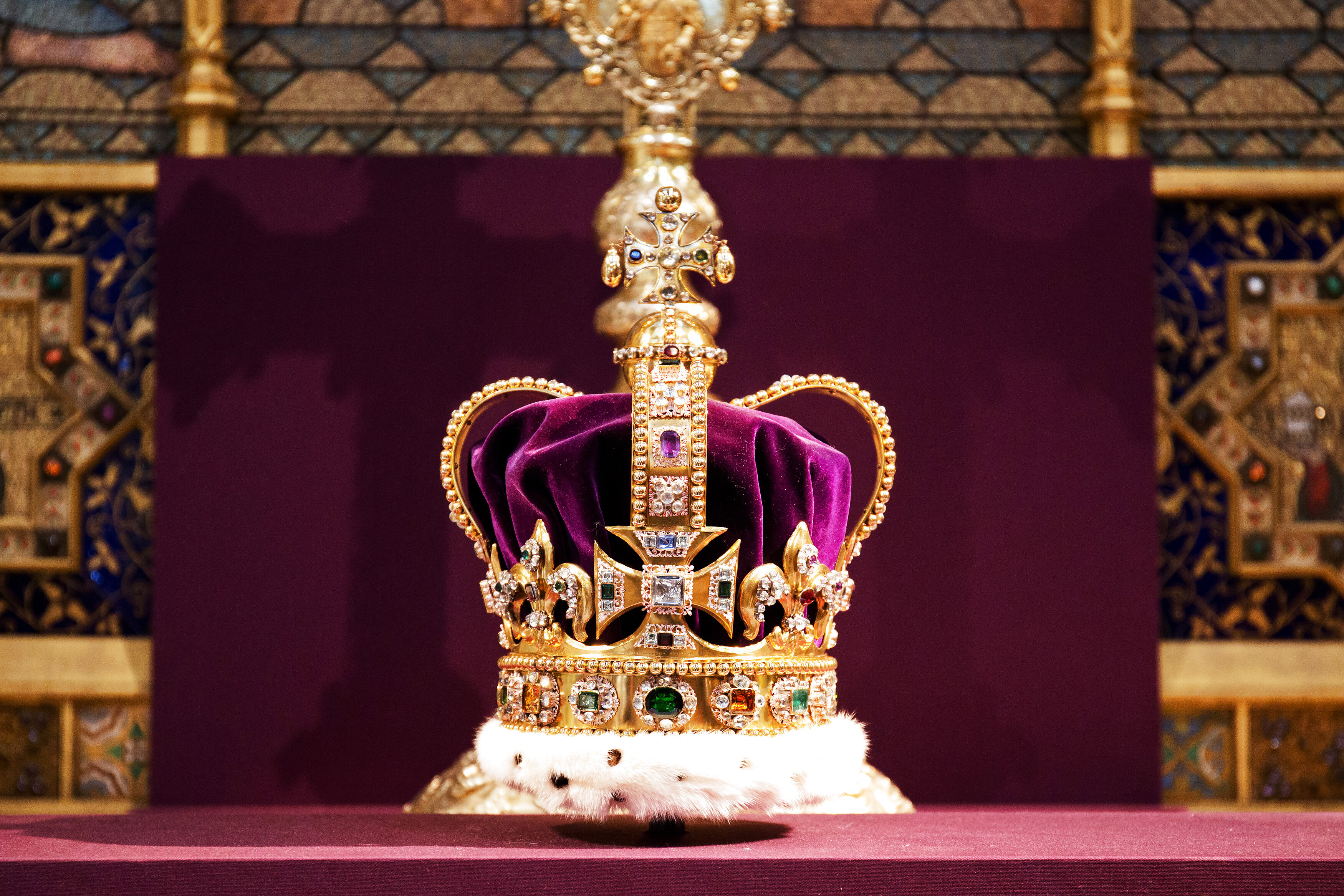
It was made for the Coronation of Charles II in 1661 as a replacement for the medieval crown melted down in 1649, after the execution of Charles I. The lost medieval crown dated back to the 11th century and belonged to the royal saint, Edward the Confessor.
St Edward’s Crown was last used for crowning Queen Elizabeth II in 1953.
The crown has “a very simple structure,” historian Anna Keay told the Court Jeweller in a report, with a sequence of 22-carat gold components (“the headband, the crosses and fleur-de-lys and arches”) joined together in 1661 to form the piece’s fundamental frame. “The settings for the jewels were then fixed through this frame from behind,” Keay says. A gold collar kept each gem in place, and the stones were set in clusters encircled by white enamel mounts in the shape of acanthus leaves.” Inside the crown, which has an ermine-trimmed base, is a velvet hat.
The crown stands twelve inches tall and weighs five pounds. It is set with 444 precious and semi-precious gemstones. Amethysts, aquamarines, garnets, peridots, rubies, sapphires, spinels, tourmalines, topazes, and zircons are among them. When the crown was created shortly after the Restoration, it was agreed to rent the gemstones used in the crown jewels at coronations, then remove and return them practically immediately. (Some historians believe this was a cost-cutting measure.) However, all of the diamonds set in the crown are now permanently set in the piece, the report explains.
Imperial State Crown
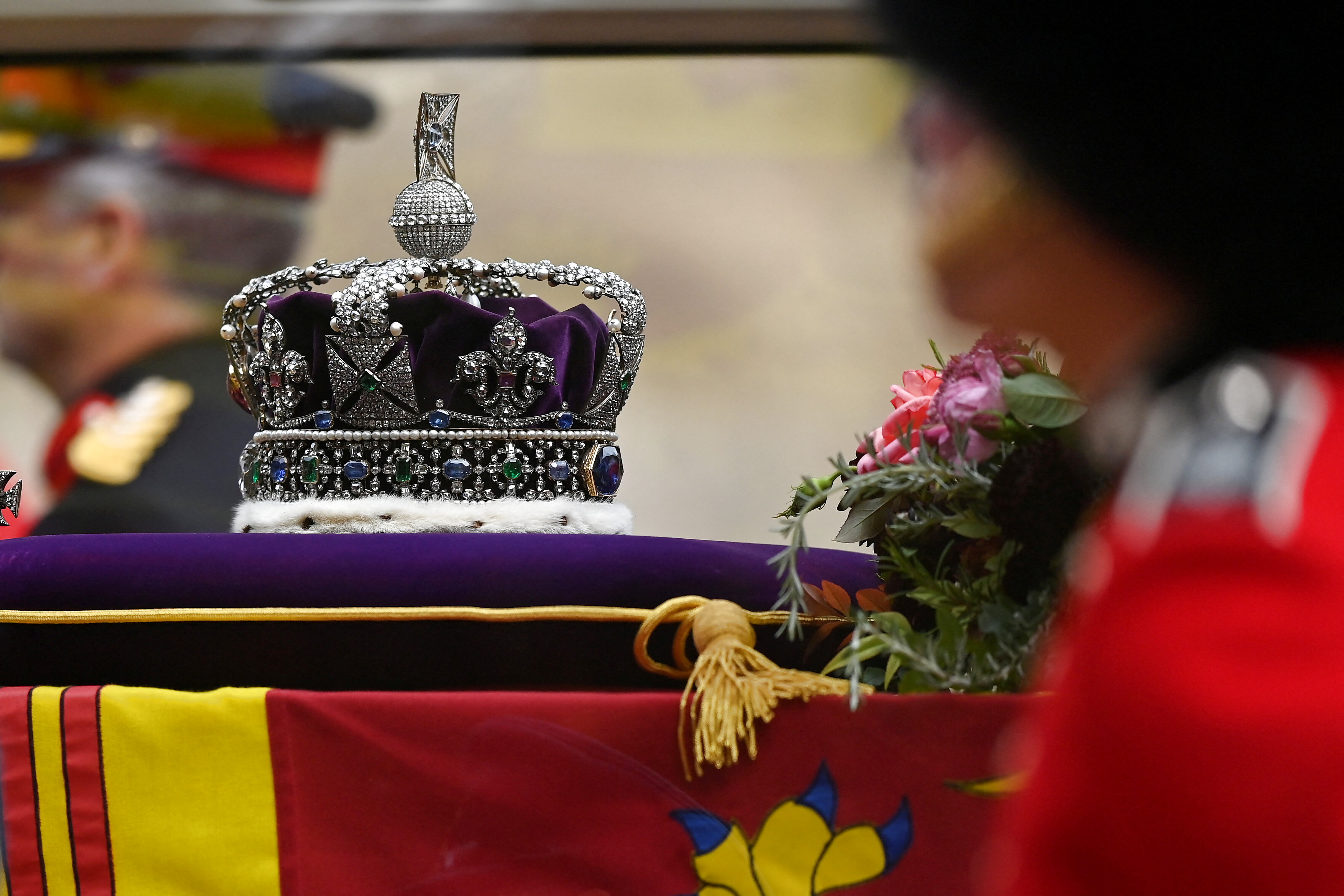
The Imperial State Crown was created for King George VI’s Coronation in 1937, replacing a crown created for Queen Victoria.
The crown is encrusted with 2,868 diamonds and numerous notable jewels, as per the Royal Collection Trust.
It features St. Edward’s Sapphire, which Edward the Confessor is claimed to have worn in a ring. The Cullinan II diamond, the second largest cut from the enormous Cullinan Diamond, is also included in the crown. The Cullinan Diamond is the world’s biggest diamond.
The monarch wears the Imperial State Crown as he leaves Westminster Abbey following the coronation ceremony.
Sovereign’s Sceptre with Cross
The Sovereign’s Sceptre was created for Charles II’s coronation in 1661 and has been used at every coronation thereafter, the Royal Collection Trust reports.
The exquisite Cullinan I diamond, the world’s largest colourless cut diamond, is set in the Sceptre.
Garrard, the Crown Jeweller, put the diamond in the Sovereign’s Sceptre in 1911. Because the diamond is so enormous, the Sceptre had to be reinforced to support its weight.
About the Cullinan Diamond
The Cullinan Diamond, at 3,106 carats, is still the largest gem-quality uncut diamond ever discovered. A replica stone was sent by ship to the mining company’s London sales representative, while the genuine stone was despatched by ordinary parcel post, watched by detectives. Both made it safely, says a report by Historic Royal Palaces.
The stone was acquired by the Transvaal government and given to King Edward VII. The gift symbolised the healing relationship between Britain and South Africa following the South African Wars (also known as the Anglo-Boer Wars), which lasted from 1899 to 1902.
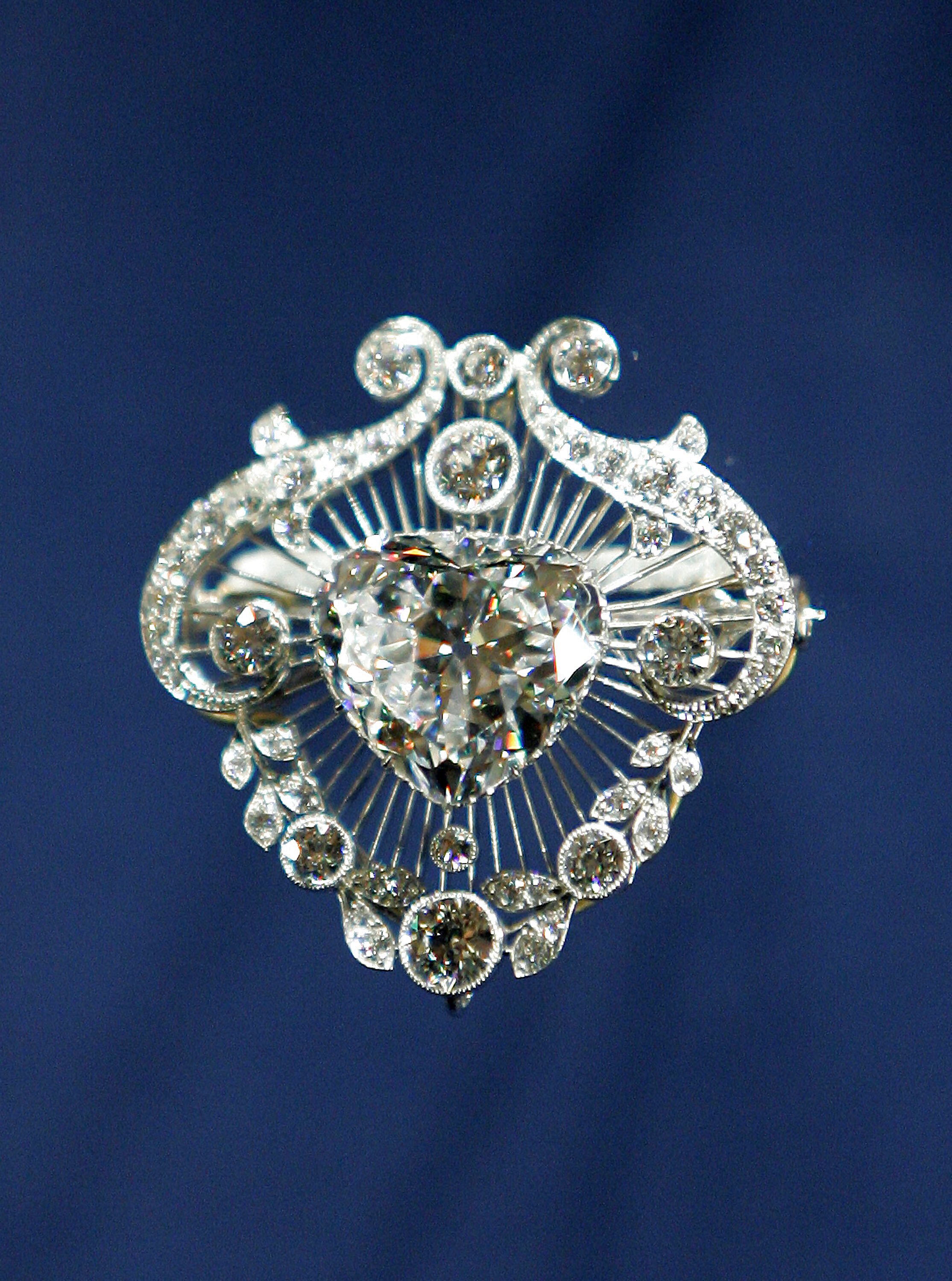
The massive uncut stone was cut into nine big stones and 96 smaller brilliants. Three polishers worked 14-hour days for eight months to complete the nine largest stones. Cullinan I and Cullinan II were the names given to the two largest stones. They are set in the 1661 Sovereign’s Sceptre with Cross and the 1937 Imperial State Crown front band.
Sovereign’s Orb
The monarch’s power is represented by the Sovereign’s Orb. With its cross positioned on a globe, it represents the ‘Christian world’. The gold Orb weighs 1.32kg and is set with emeralds, rubies, sapphires, diamonds, and pearls.
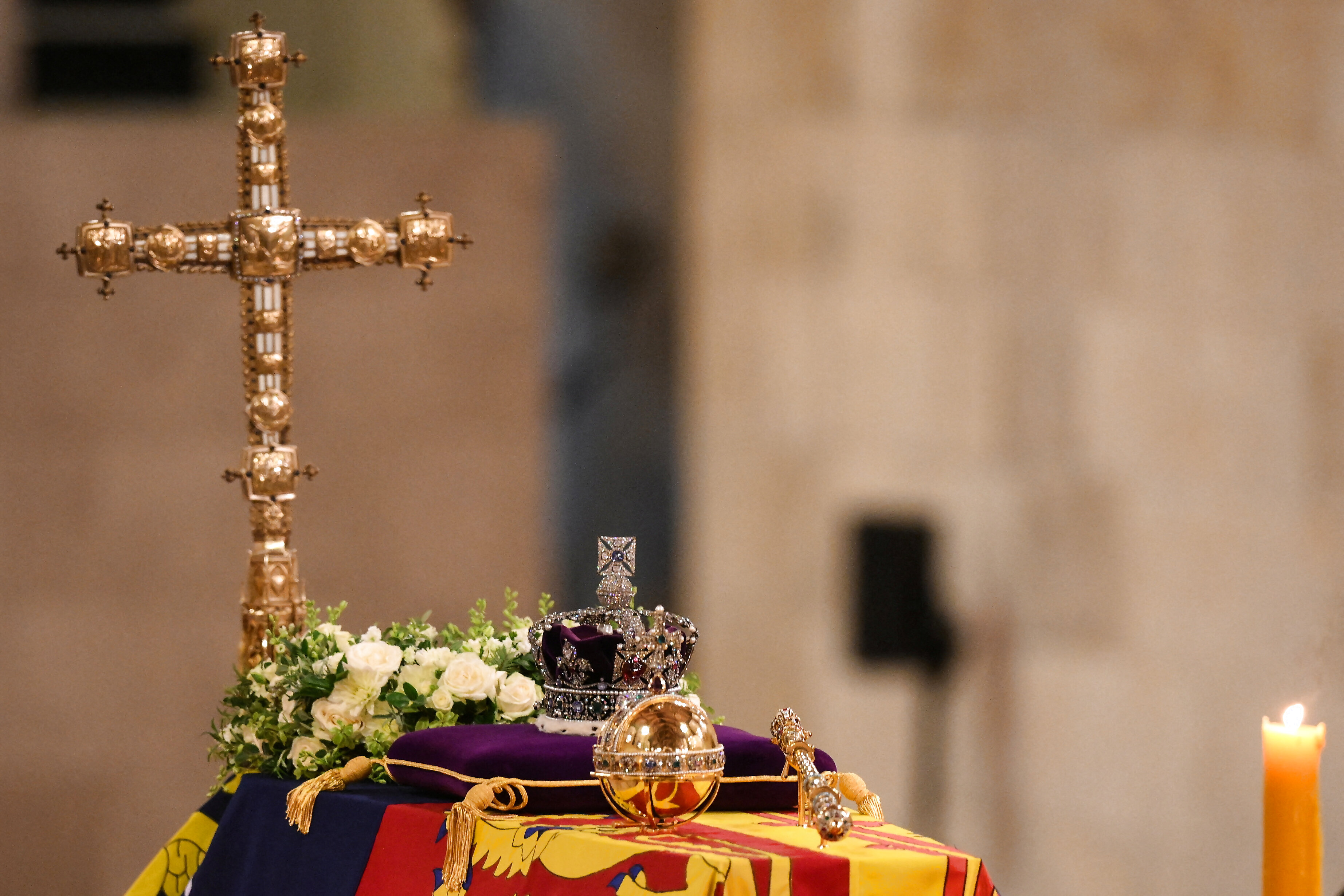
The Orb is put in the monarch’s right hand during the coronation rite. It is then put on the high altar before the crowning ceremony.
Ampulla and Spoon
The Ampulla is used at the most serious part of the coronation process, when the Archbishop of Canterbury anoints the King with holy oil. The eagle-shaped ampulla, fashioned in 1661 from gold donated by Royal Goldsmith Robert Vyner, features a small aperture in the “beak” for pouring oil into the Coronation Spoon. To fill the eagle’s head with oil, one has to unscrew it.
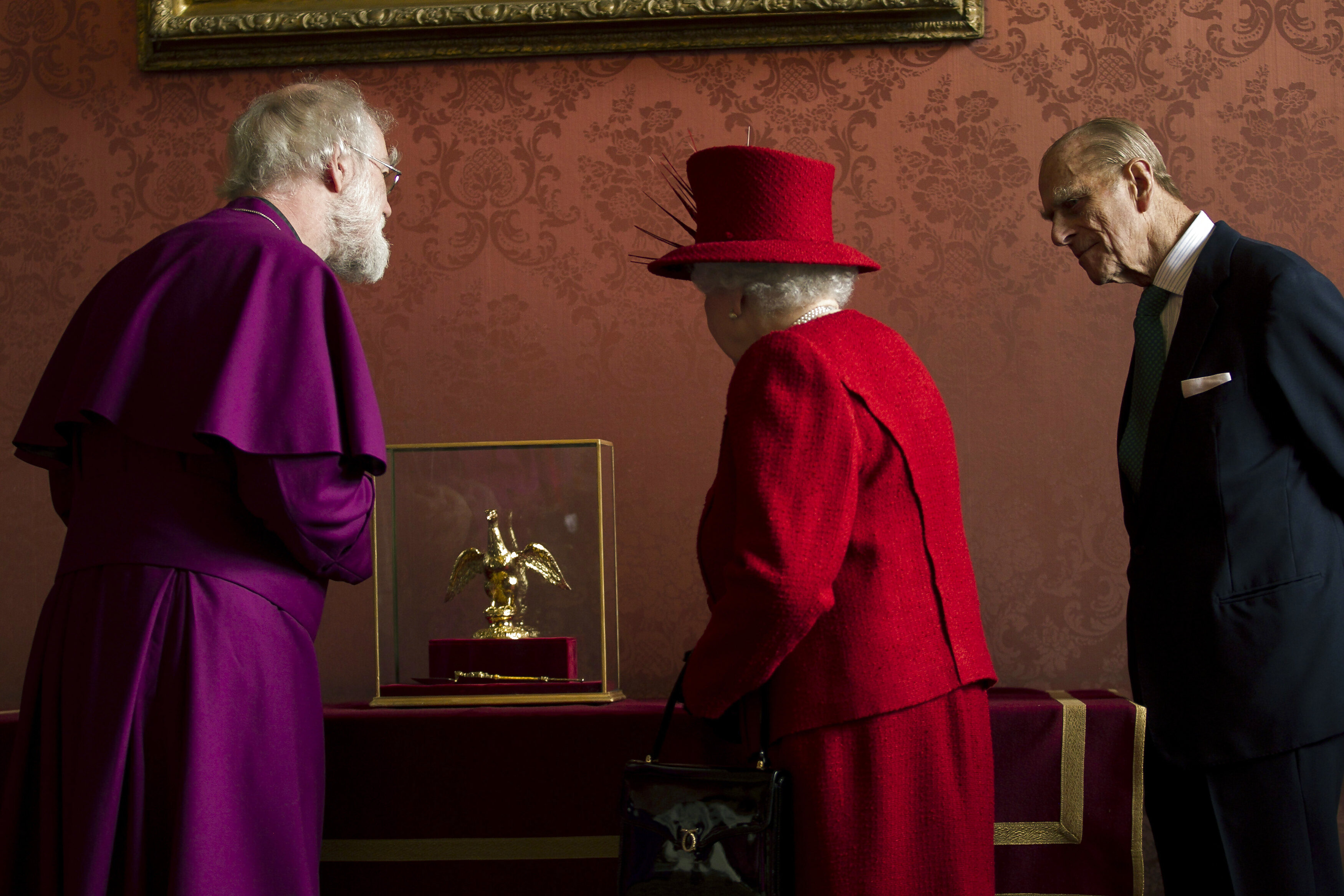
The design is based on an earlier, smaller cup, which was based on a 14th Century tale in which the Virgin Mary appeared to St Thomas a Becket and gifted him with a golden eagle and a vial of oil for anointing future English kings, according to Hello!
And the 12th-century Coronation Spoon is the oldest item in the Coronation Regalia. It is the sole item of royal goldsmiths’ work from that century to have survived. The spoon is used to anoint the monarch with holy oil during the coronation process.
Queen Mary’s Crown
The magnificent Crown of Queen Mary is studded with 2,200 diamonds. The crown was created for Queen Mary’s Coronation in 1911.
The crown for the 1911 Coronation featured three huge diamonds: the Koh-i-nûr, Cullinan III, and Cullinan IV. These were eventually replaced by crystal counterparts.
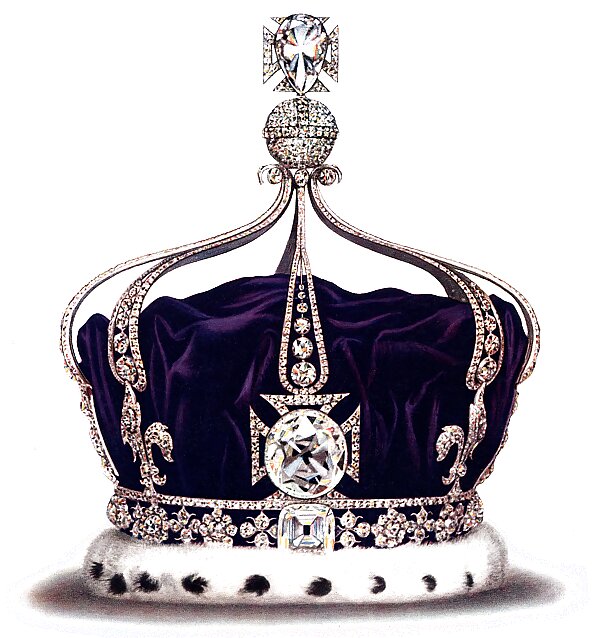
For the Coronation of King Charles III and Queen Consort Camilla, the crown will be reset with Cullinan III, IV, and V diamonds, explains the Royal Collection Trust.
The Swords
The custom of holding three swords pointed skyward, each signifying a kingly virtue, dates back to Richard the Lionheart’s coronation in 1189. The current Sword of Spiritual Justice, Sword of Temporal Justice, and Sword of Mercy – commonly known as The Curtana – were crafted for Charles I’s coronation in 1626 and are among the few articles of regalia to have survived the Civil War, explains Hello! in its report.
There is also the Sword of State, which was forged about 1678 for Charles II. Since his reign, it has been utilised for ceremonial purposes, notably the late Queen’s investiture of the Prince of Wales in 1969.
What Happened to the Older Crown Jewels
In the mid-seventeenth century, the medieval Crown Jewels were sold or destroyed.
At the end of the English Civil War in 1649, Charles I was executed, and Parliament sold objects from the Royal Collection to pay the new administration. Jewels were sold, and silver and gold goods were melted down and made into coins, the RCT report says.
The monarchy was restored by 1660, and Charles II commissioned the fabrication of new regalia for his Coronation in 1661. These constitute a significant percentage of the Crown Jewels that can be seen today.
Read all the Latest Explainers here











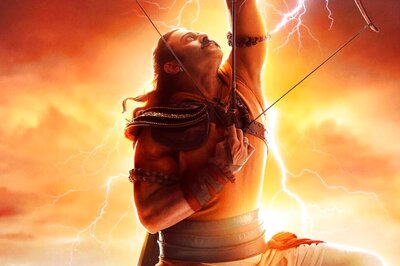
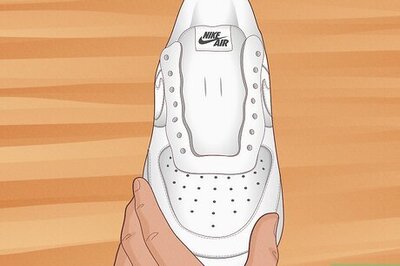




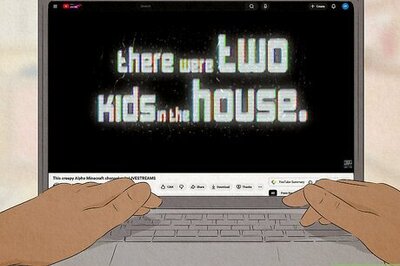

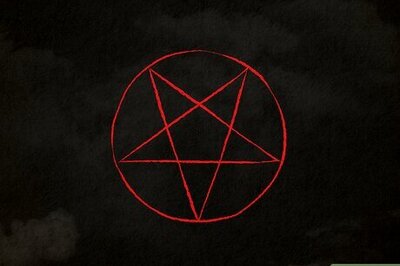
Comments
0 comment